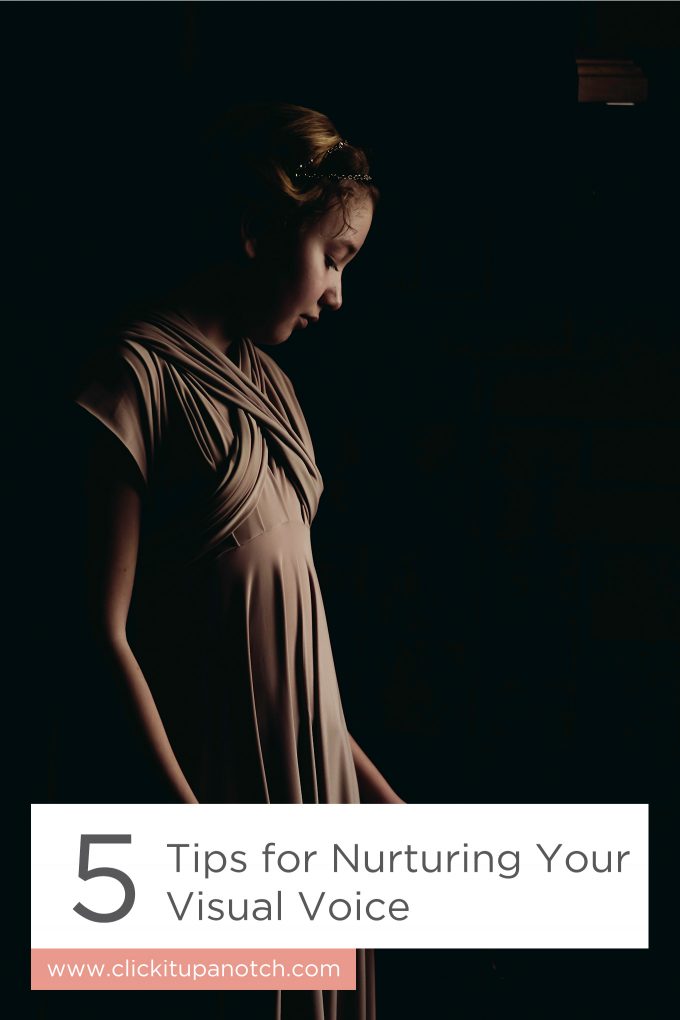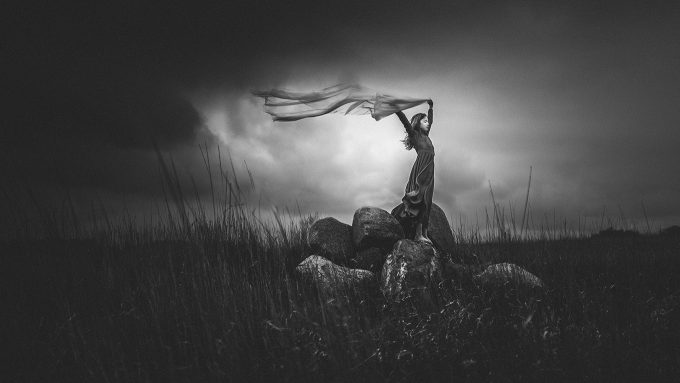Our voice is as unique as our fingerprint. We each have a message to share with the world and that message evolves and changes over time, just like everything about us. I struggled to find a succinct way of defining visual voice, but I finally boiled it down into a small package.
Voice: Your voice is what you say, in words, or in pictures. People read your images.

We want to make our images easy to read, and sometimes more important, to relate to. Our message may be clear to us, but others may read it differently, and that is ok. The important take away here is to be intentional.
Here are a few tips to help you nurture your visual voice.
-
No.01Voice is putting our words into our images.
Voice is, in the most historic sense, all about words—words that we say, words that we sing, and words, that we write. Most books available on voice are about writing.
Try to avoid long blog posts or detailed captions. Many great photographers are also writers, but for this exercise, try to avoid words and speak through the image.
How can you frame it and fill the image to fit the mood you want to share? What colors, textures, lighting patterns, and subject placement would best convey what you want to say?
-
No.02Think. Say. Shoot.
Start the voice process by shooting simple frames that are the result of thinking about what you want to say, saying that something out loud, and then shooting that frame. This does not need to be complicated!
I love my warm fireplace on a cold winter’s night. I might say, “I love this room and how it makes me feel.” Then, I might say that verbally while thinking about how best to share that thought through an image.
-
No.03Use others to help you hone your voice.
I love to do something called collaborative critique. Here is how you do it. Ask someone a ‘first’ question. The questions go like this:
When you look at my image, what do you see first?
What color to do see first?
What part of the frame do you notice first?
Who do you see first?First questions alert you, as the author of the image, to see how others are ‘reading’ your image. The questions are not intimidating or vague. Your friend can answer honestly without hurting your feelings and you can glean how well you are communicating through your image.
Take the feedback and either shoot the image again, if your communication was not as clear as you would like, or bank the feedback for later use.
-
No.04Shoot what you know.
One of the best tips I can give you is to shoot something your know a great deal about. If you have forgotten more about something than most people know on purpose, then you have found the perfect thing to shoot. Your deep knowledge of something will enable to you to practice effective communication, especially if work through the ‘Think. Say. Shoot’ process first.
The one drawback is that sometimes you may be so knowledgeable that you forget the obvious. Approach your shoot like a person teaching someone how to learn their language. Break your knowledge down into small bits and shoot a sequence of images.
I love to shoot prairie images. I then imagine that someone has never been to the prairie. Perhaps, they have always lived deep in the mountains or in the desert. How can I convey the wild prairie winds and open spaces?

-
No.05Manage Voice Blockers.
Your voice is under constant attack through doubt and fear. It is very important that you acknowledge that things can come between you and your authentic voice and take steps to deal with them. One of the biggest voice blockers is envy stemming from a surveillance attitude.
Try to limit the amount of time you are feeling envious by limiting those you follow on social media to those people you know well enough to contact and interact with. Personal connection with people cuts off voyeuristic-driven envy by understanding more about the person than their work alone.
Comparison: The trained ninja thief in the night
Be kind and supportive of those whose work you adore and be a true friend if the opportunity arises. Envy tends to assume that you know more about a person that you truly do and that leads to a distorted view and ‘pedestal placement’.

When you care about more than one’s work, you are less likely to feel dissatisfied by your own work by comparison. Always remember that you should only be comparing your work to your own work.
Build year to year on your own platform and build relationships with those people who bring out the best in you.












I love Caroline’s work. She is so inspiring. I so agree that we have to block other influences. It is so easy to get side-tracked by other artists and my envy sits in. I really have taken Caroline’s advise to heart to really just focus on my own photography. Maybe not everyone likes it, but I am okay with that.
Thank you for sharing this.